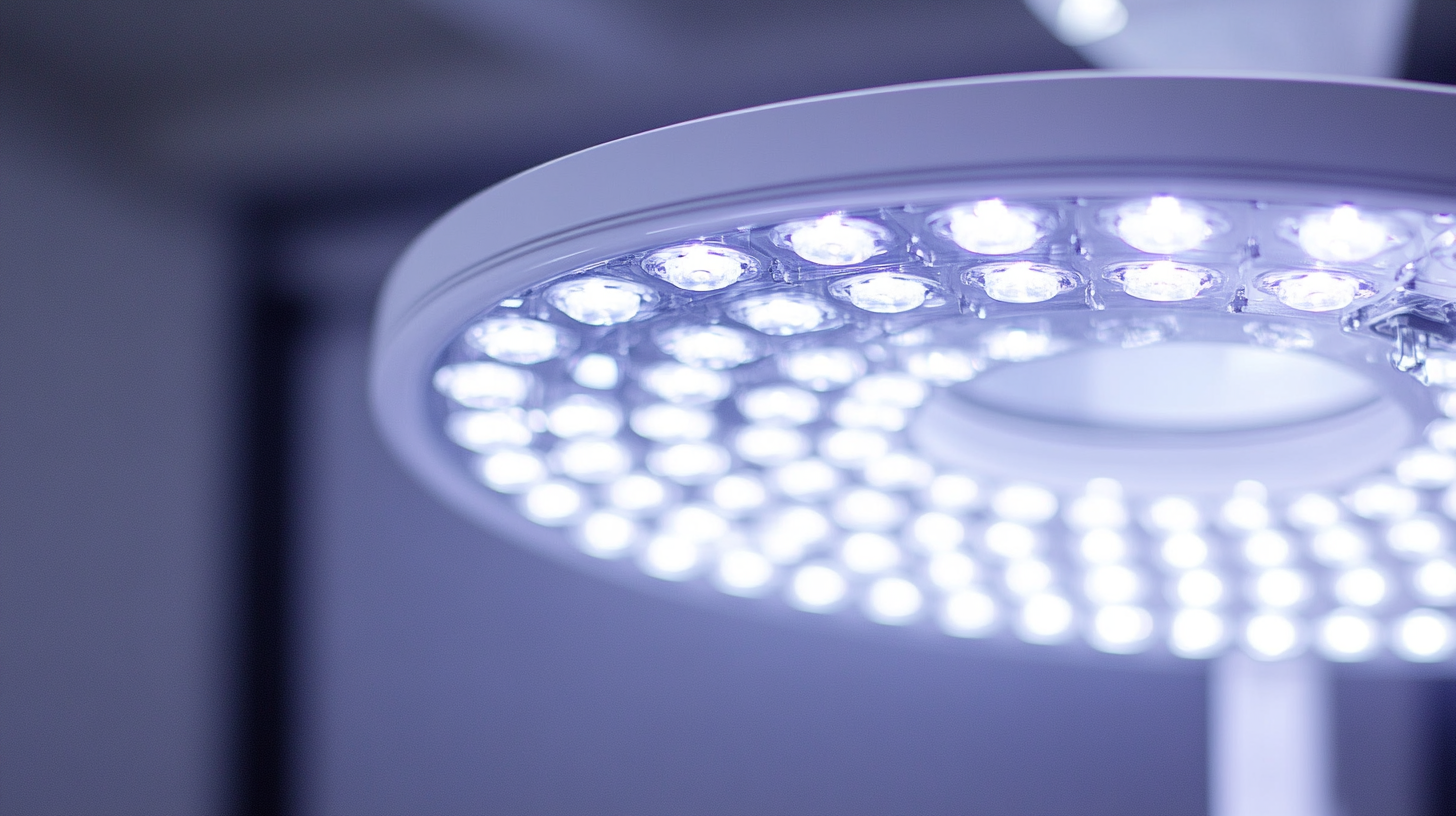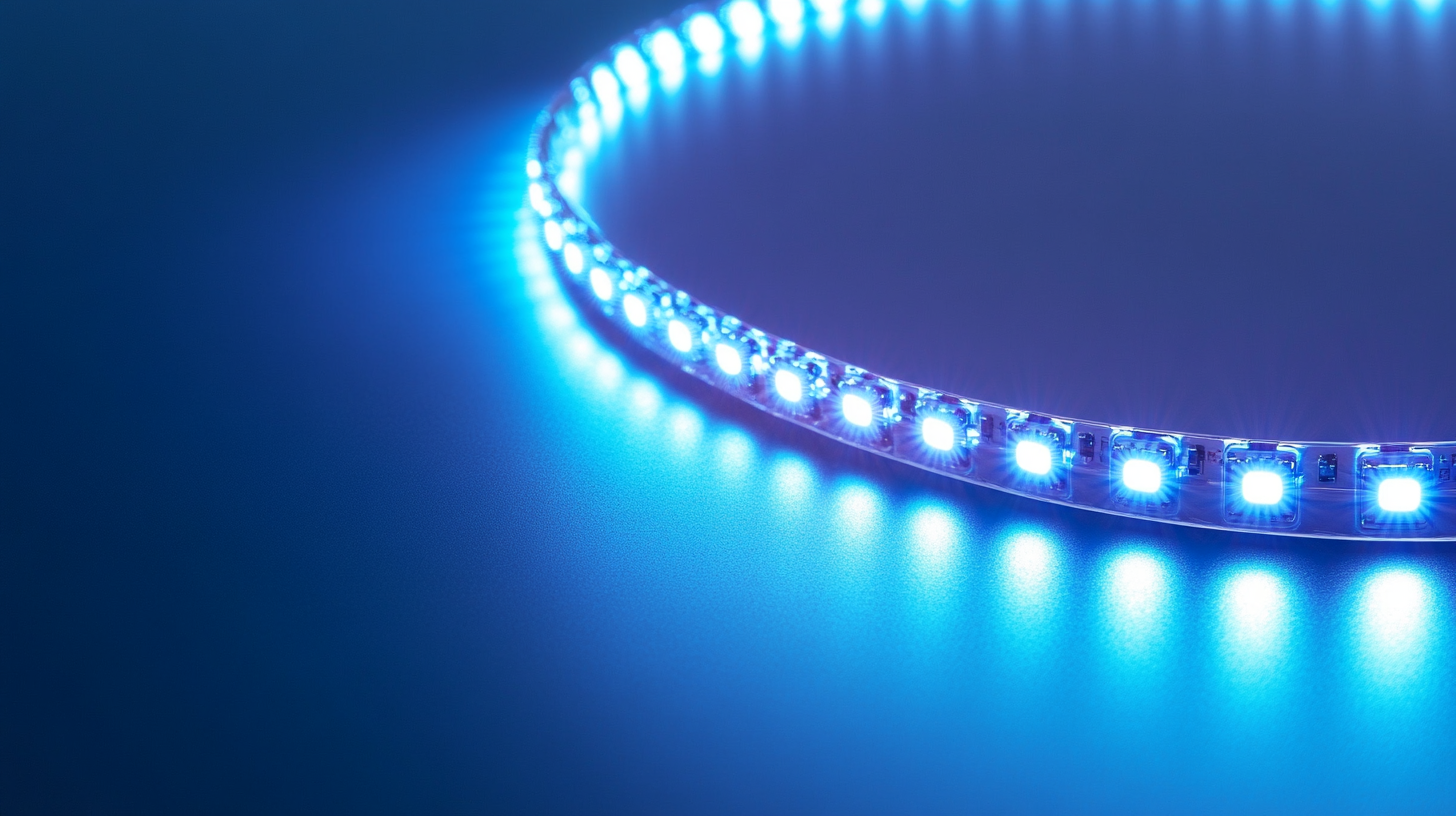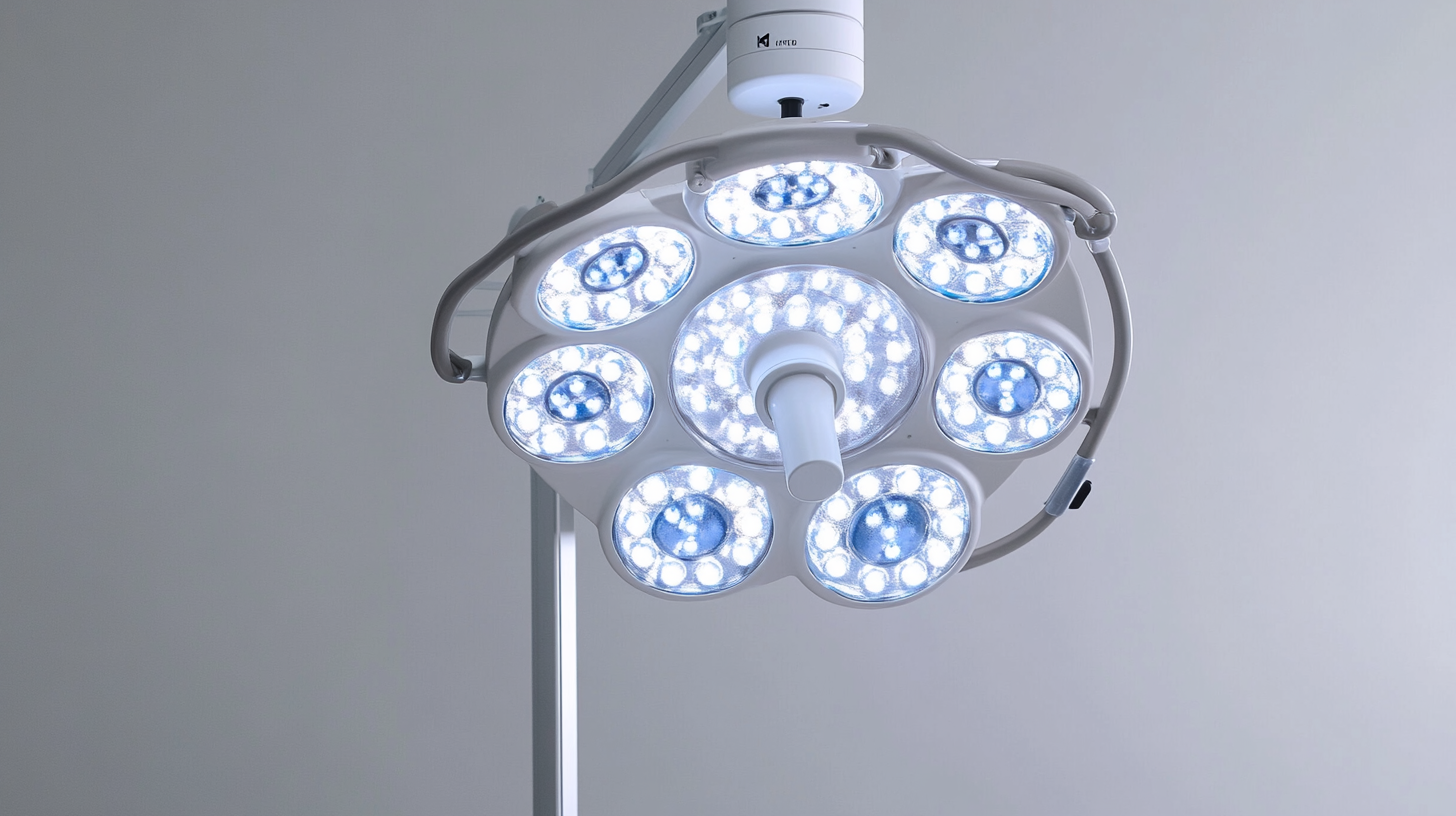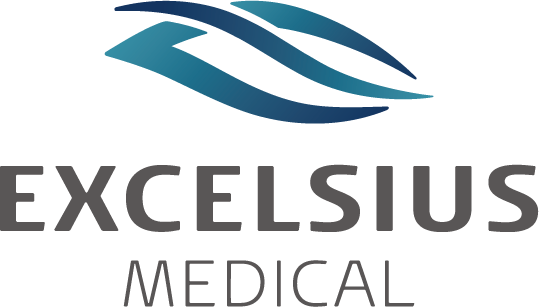Ultimate Guide to Essential Components You Need for Medical Light Systems
In the ever-evolving landscape of healthcare technology, the importance of effective illumination in medical environments cannot be overstated. According to a report by MarketsandMarkets, the medical lighting market is projected to grow from $2.6 billion in 2020 to $4.1 billion by 2025, indicating a robust demand for advanced medical lighting solutions. These systems are not merely accessories; they are critical components that enhance surgical precision, improve patient safety, and ensure optimal working conditions for healthcare professionals. As the industry continues to innovate, understanding the essential components of medical light systems becomes paramount.
Proper lighting in medical facilities contributes significantly to surgical outcomes, with studies showing that inadequate lighting can lead to increased error rates and compromised patient safety. A survey by the American College of Surgeons highlighted that 60% of surgeons believe that the quality of lighting directly affects their performance during procedures. As we explore the ultimate guide to essential components for medical light systems, we will delve into the characteristics that define high-quality medical light, the technological advancements shaping the industry, and the specific elements that must be considered to ensure success in clinical environments.

Key Features of Medical Light Systems: What You Need to Know
When it comes to medical lighting systems, understanding their key features is essential for ensuring optimal performance in clinical settings. A report by Grand View Research predicts that the global medical lighting market is expected to reach USD 10.8 billion by 2027, driven largely by technological advancements and the increasing number of surgical procedures. Therefore, selecting a lighting system that meets the specific needs of healthcare environments is critical. One of the primary features to consider is the color temperature of the lights. Medical lighting systems typically range from 3500K to 5000K, with a preference for 4000K to replicate natural daylight. This range is crucial for reducing eye strain and improving visibility during procedures. According to a study published in the Journal of Biomedical Optics, surgical lighting with appropriate color rendering indices (CRI) significantly enhances the accuracy of color perception in tissues, which can be vital during surgeries. Another important aspect is the adjustability and directionality of the lighting. Many modern medical light systems are equipped with features that allow healthcare professionals to manipulate the lighting angle and intensity, catering to different procedures or specific patient needs. A survey by the American Institute of Architecture found that 78% of healthcare professionals noted that adjustable medical lights improved overall patient outcomes by enhancing the visibility of surgical areas and thus boosting surgical precision. In summary, as the demand for sophisticated medical lighting solutions grows, it’s imperative for healthcare facilities to invest in light systems that not only meet technical specifications but also contribute to improved patient care and operational efficiency.

Types of Medical Lighting: Choosing the Right Solution for Different Applications
When it comes to medical lighting, selecting the right type for specific applications is crucial. Medical environments, such as surgical rooms, examination areas, and dental clinics, each have unique lighting requirements. For instance, surgical lights are designed to provide bright, shadow-free illumination that can adapt to various procedures, ensuring accurate visibility for surgeons. In contrast, examination lights often need to offer adjustable intensity to cater to different patient needs, making them essential for diagnostics.
Moreover, understanding the distinct types of medical lighting available plays a vital role in optimizing performance and patient safety. LED lights are becoming increasingly popular due to their energy efficiency and longer lifespan compared to traditional incandescent bulbs. They also produce minimal heat, which is beneficial in procedures requiring prolonged illumination. On the other hand, task lights, which are frequently used in clinics for detailed examinations, should provide focused light that can reduce eye strain for healthcare professionals.
Choosing the right lighting solution not only enhances visibility but also contributes to an overall better working environment. By considering the specific needs of each medical application, healthcare providers can ensure that they are equipped with appropriate lighting systems that cater to both patient comfort and the demands of medical professionals. As technology advances, staying informed about the latest innovations in medical lighting will further empower healthcare settings to optimize their operational efficiency.

Understanding the Importance of Color Rendering Index in Medical Lighting
The Color Rendering Index (CRI) is a critical factor in the design and selection of medical lighting systems. It measures a light source's ability to accurately reproduce the colors of objects in comparison to natural light. In a medical environment, where precision and clarity are paramount, an optimal CRI ensures that healthcare professionals can evaluate tissues, recognize variations in skin tones, and identify abnormalities without misinterpretation. This becomes particularly vital during surgeries, examinations, and diagnoses, where lighting can significantly impact patient outcomes.
Lighting systems with a high CRI (typically above 90) provide a more realistic representation of colors, enabling clinicians to make informed decisions based on visual assessments. For example, in dermatology, accurate color rendering can help in the diagnosis of skin disorders, while in surgical settings, it can aid in distinguishing between various tissues. Therefore, medical facilities must prioritize lighting solutions that enhance visibility and reduce the risk of errors due to poor color discrimination.
Beyond the immediate practical applications, the importance of proper lighting extends to the overall well-being of both patients and staff. Adequate and color-accurate lighting can reduce eye strain and fatigue for medical professionals, leading to better concentration and job performance. In addition, creating a comforting and reassuring environment for patients can ease anxiety, which is often heightened in clinical settings. Thus, investing in high-quality lighting systems with an excellent CRI is not merely a technical requirement, but an essential component of patient care and medical efficacy.

Safety Standards and Regulations for Medical Light Systems
When designing medical light systems, compliance with safety standards and regulations is paramount. Regulatory bodies such as the FDA and IEC have established various guidelines to ensure that medical lighting equipment is safe for both medical personnel and patients. Adhering to these regulations helps to minimize risks associated with electrical hazards, radiation, and improper usage in clinical environments. For instance, medical lights must meet specific requirements concerning luminance, color rendering, and flicker levels to ensure they provide adequate visibility without causing eye strain.
In addition to manufacturer standards, healthcare facilities must regularly assess and maintain their lighting systems to meet these safety guidelines consistently. This includes routine inspections, testing of emergency lighting capabilities, and ensuring that all components of the lighting system are functioning properly. Understanding and following these regulations not only enhances patient safety but also contributes to better clinical outcomes by providing optimal working conditions in surgical and examination settings.
Furthermore, it’s essential to stay updated with any changes in standards. As technology evolves, so do the requirements that govern medical light systems. Establishing a program for continuous education about safety protocols can empower medical staff to use lighting systems more effectively while ensuring compliance with current regulations. By prioritizing adherence to safety standards, healthcare facilities can foster a safer environment and improve overall patient care.
Maintenance Tips to Ensure Longevity and Efficiency of Medical Lighting
Maintenance is crucial for ensuring the longevity and efficiency of medical lighting systems. With the rapid growth of the LED lighting market, there is a pressing need to adopt best practices that can enhance the performance and lifespan of these essential components in medical settings. Regular maintenance checks should include inspecting light intensity, color accuracy, and the proper functioning of fixtures to maximize the efficacy of medical procedures.
Moreover, updating older lighting systems, particularly replacing fluorescent lights with modern LED options, not only improves energy efficiency but also contributes positively to the environment. By eliminating hazardous materials found in fluorescent lights, healthcare facilities can align with sustainability goals while providing safer and more reliable lighting solutions.
Another critical aspect of maintenance is ensuring that medical lighting systems are cleaned and sanitized regularly. With innovations in UV light technology, facilities can now use specialized disinfection methods to maintain an aseptic environment, crucial for patient safety. Investing in the right maintenance practices not only prolongs the lifespan of medical lighting systems but also supports the overall health and efficiency of healthcare operations.
© 2025 EXCELSIUS MEDICAL All rights reserved
EXCELSIUS MEDICAL
Taiwan Office
2F., No. 18, Ln.31, Sec.1, Huandong Rd.,
Xinshi Dist., Tainan City 744, Taiwan, R.O.C.
German Office
Zeppelinstr. 4, Haus 3&4,
D-85399 Hallbergmoos, Germany

